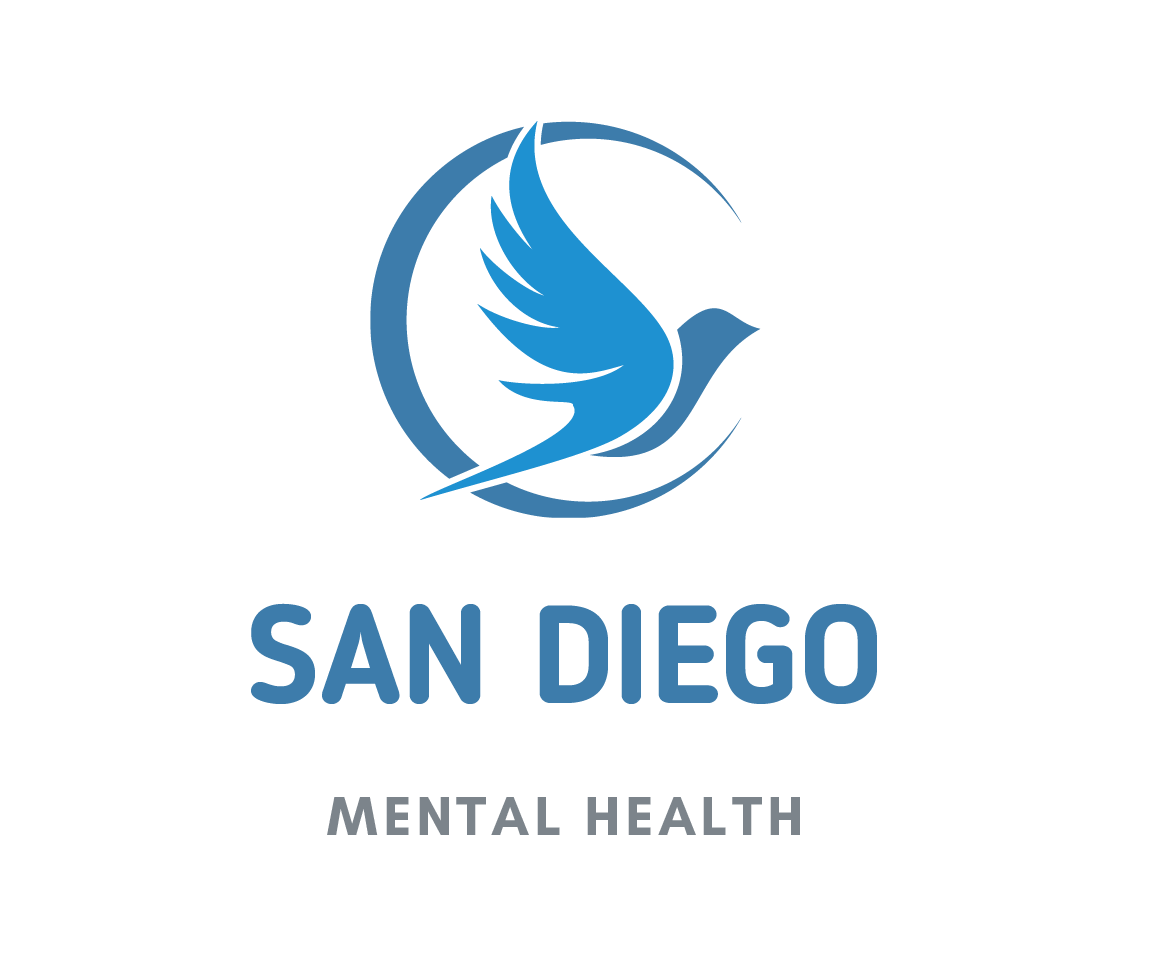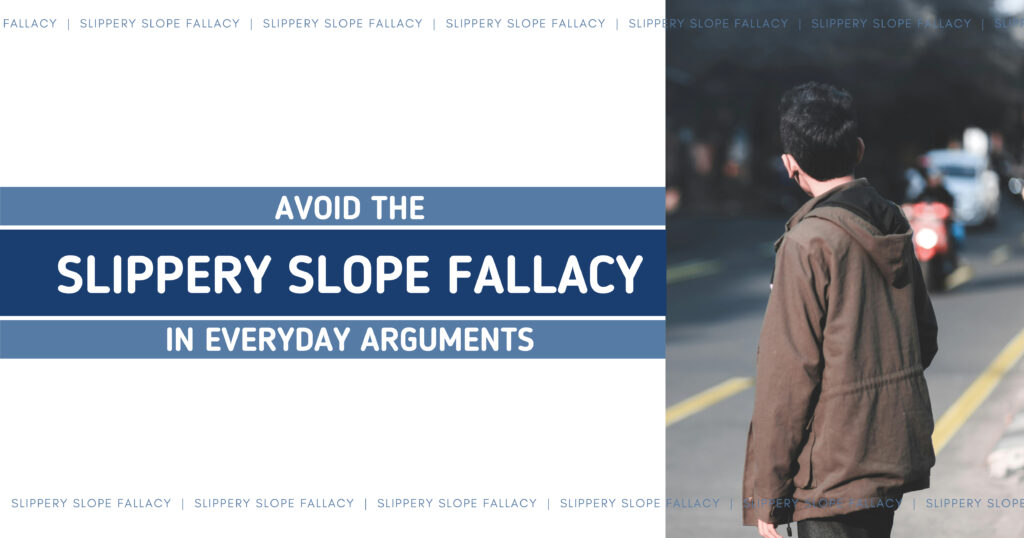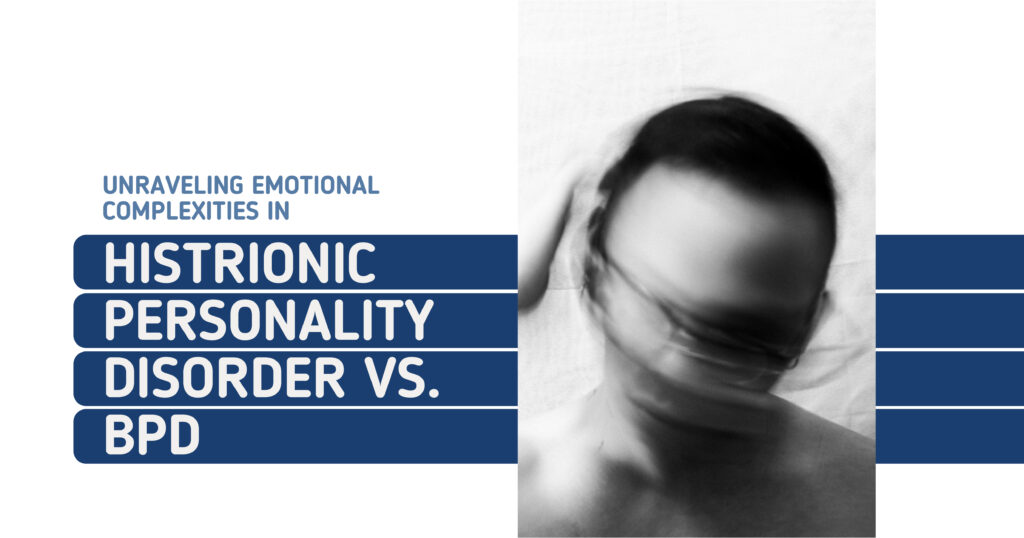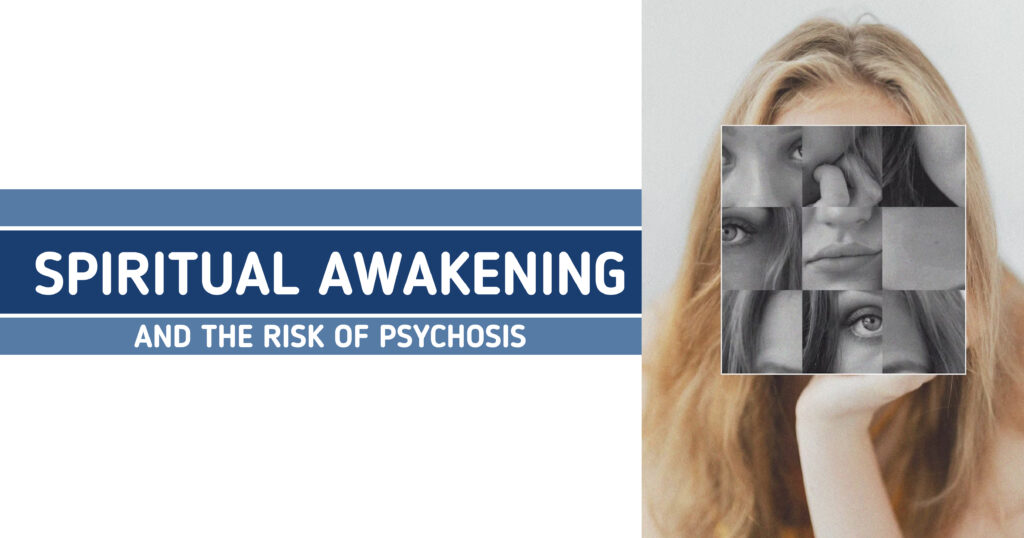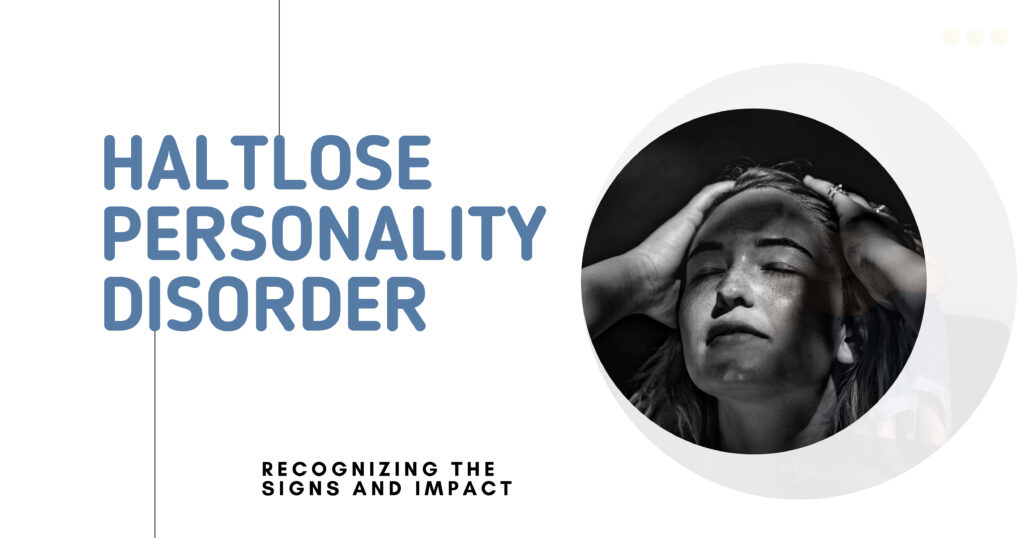We’ve all heard it before: “If we let students use calculators in class, next thing you know, they won’t know how to add 2 + 2.” It sounds dramatic and it is. This kind of thinking is a classic example of the slippery slope fallacy, where one seemingly small step is assumed to inevitably lead to a chain reaction of negative consequences.
These types of arguments often appear persuasive but are logically flawed and emotionally charged. In a world increasingly dependent on sound reasoning, whether in debates, policy-making, or daily discussions, understanding and avoiding this fallacy is crucial.
What Is the Slippery Slope Fallacy?
The slippery slope fallacy occurs when someone argues that a relatively minor first step will inevitably lead to a chain of related events resulting in a significant (usually negative) outcome without providing evidence to support that progression.
San Diego Mental Health
The Misuse of Cause and Effect in Reasoning
At the core of slippery slope arguments lies a misunderstanding or misuse of cause and effect. While many events do influence others, the fallacy assumes a fixed, unbroken chain without acknowledging alternative outcomes or variables.
For instance, saying “If we allow remote work, employees will become unproductive, and businesses will collapse” skips the complexity of human behavior, management, and work culture.
This kind of oversimplification is not just flawed logic – it can also be misleading and manipulative. It replaces balanced reasoning with fear-based thinking.
When Does a Sequence Become a Slippery Slope?
Not every chain of reasoning is a fallacy. Predicting consequences is part of rational decision-making. A slippery slope fallacy happens specifically when each link in the chain isn’t reasonably supported.
A reasonable sequence might sound like: “If we skip car maintenance, the engine could wear out over time.” In contrast, an unreasonable one would be: “If we skip one oil change, the car will immediately explode.” Understanding where logic ends and exaggeration begins is key to identifying this fallacy.
Common Consequences of Slippery Slope Thinking
Engaging in slippery slope reasoning can have real consequences:
- Poor Decision-Making. Policies based on fear instead of facts can lead to overregulation or unnecessary restrictions.
- Polarized Thinking. It promotes extreme “all or nothing” outcomes, leaving no room for nuance.
- Miscommunication. It derails conversations, turning rational dialogue into an emotional tug-of-war.
- Hindered Progress. Fear of hypothetical consequences can stifle innovation or change.
These consequences are particularly damaging in environments where clear thinking and open-mindedness are essential, like mental health treatment, education, and policymaking.
Real-World Slippery Slope Fallacy Examples
To better understand how this fallacy plays out, let’s explore some slippery slope fallacy examples from real-life contexts:
- Social Policy. “If we legalize marijuana, next we’ll be legalizing all hard drugs.”
- Technology Use. “If children play video games, they’ll become violent and antisocial.”
- Censorship. “If we ban hate speech, we’ll lose our right to free speech entirely.”
- Relationships. “If my partner forgets our anniversary, it means they don’t care, and the relationship is doomed.”
These examples show how jumping to extremes can derail reasonable discussions. A better approach involves evaluating each situation on its own merit, based on context and available evidence. For a deeper dive into how cognitive distortions like this impact mental health, check out this research at the National Institutes of Health.
Why Critical Thinking Is the Antidote
To avoid falling into the trap of slippery slope reasoning, one must engage in critical thinking by analyzing facts to form a reasoned judgment.
Evaluating Claims with Logic and Skepticism
A logical mind asks: “Is there a direct, evidence-based link between these events?” When someone presents a slippery slope argument, a critical thinker demands proof. This doesn’t mean being cynical; it means applying healthy skepticism.
One helpful method is argument mapping, which visually outlines the steps from premise to conclusion. If any step lacks justification, it becomes clear that the reasoning is faulty.

Avoiding Cognitive Biases That Fuel the Fallacy
Several cognitive biases contribute to slippery slope thinking, including:
- Confirmation bias (favoring information that supports one’s views).
- Negativity bias (focusing more on potential negative outcomes).
- Availability heuristic (relying on immediate examples that come to mind).
Understanding these mental shortcuts allows us to be more deliberate and cautious in how we assess arguments.
San Diego Mental Health
How to Counter Slippery Slope Claims in a Debate
When someone presents a slippery slope in a debate, there are strategies you can use to respectfully and effectively counter it:
- Ask for Evidence. Request concrete proof for each step in their claim.
- Challenge Extremes. Point out that the conclusion is not inevitable or the only possibility.
- Introduce Nuance. Offer middle-ground alternatives that disrupt the extreme trajectory.
These techniques shift the conversation from fear-based projection to grounded, thoughtful discourse. A helpful guide from the University of North Carolina at Chapel Hill’s Writing Center outlines how to recognize and challenge various logical fallacies, including the slippery slope, by encouraging clear reasoning and structured responses.
Evaluating Consequences: Thinking in Probabilities, Not Extremes
One of the best ways to neutralize slippery slope thinking is by reframing consequences in terms of probability rather than inevitability. Instead of assuming that one event will definitely lead to another, ask: What’s the likelihood? What are the possible outcomes? What factors influence those outcomes?
For example, rather than claiming, “If we introduce flexible hours, no one will show up to work,” consider: “What percentage of companies with flexible hours see a productivity drop? Under what conditions?”
This shift from binary thinking to probabilistic reasoning encourages more accurate and constructive conversations, especially when decisions affect public policy or community well-being.
Mental Health Awareness at Mental Health Center of San Diego
At the Mental Health Center of San Diego, we emphasize the importance of clear, rational thinking, especially in the context of emotional and psychological wellness. Cognitive distortions, such as slippery slope thinking, often play a role in anxiety disorders, depression, and relationship challenges.
Our clinicians work closely with individuals to recognize and reframe these thought patterns using evidence-based therapies like Cognitive Behavioral Therapy (CBT). If you or a loved one finds themselves overwhelmed by negative thinking, distorted logic, or anxiety, professional support can help restore clarity and peace of mind. Contact us today to take the first step toward better mental well-being.

FAQs
What are the key characteristics of the slippery slope fallacy in arguments?
It assumes a small initial action will inevitably lead to a series of related, increasingly severe consequences, often without enough evidence to support the chain of events.
How can identifying chains of cause and effect help in detecting slippery slope reasoning?
By carefully examining each step in a cause-and-effect chain, you can determine whether the links are reasonable or if the argument is jumping to unjustified conclusions.
Why is critical thinking essential for countering slippery slope arguments in debates?
Critical thinking helps evaluate each claim based on logic and evidence, breaking the illusion of inevitability and encouraging more rational, nuanced discussions.
What are some common consequences encountered in slippery slope reasoning?
It can lead to fear-based decision-making, prevent progress, distort communication, and foster black-and-white thinking.
San Diego Mental Health
How can we use real-world examples to understand the impact of slippery slope argumentation?
Real-world examples make abstract fallacies relatable, helping us recognize how flawed logic plays out in everyday conversations, media, and policy debates.

